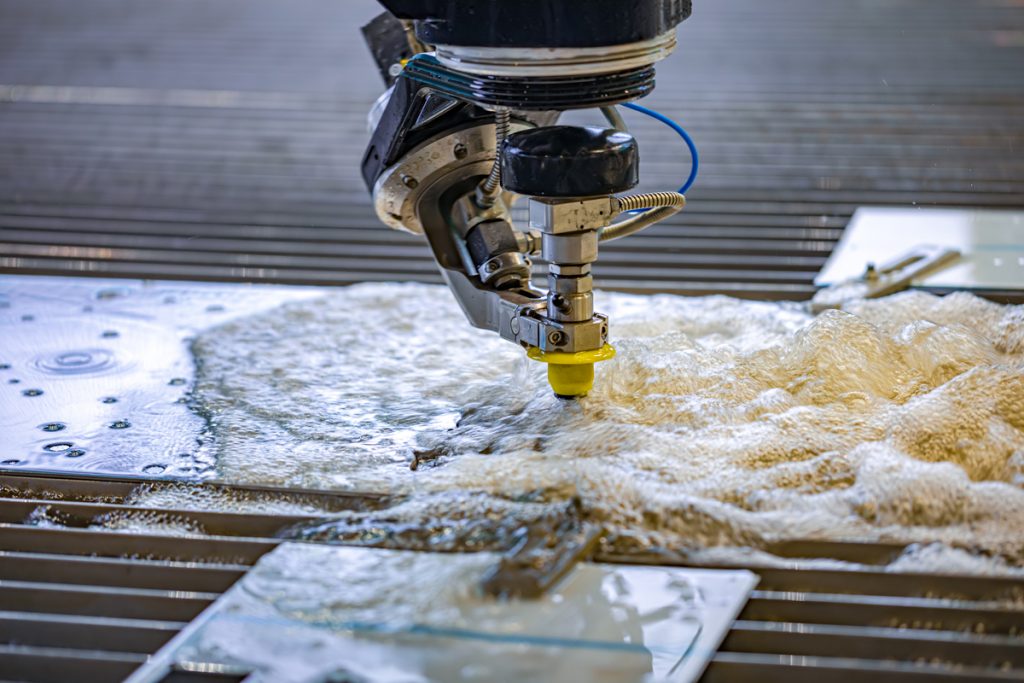Navigating Obstacles in Industrial Machining Processes
In the fast-paced world of industrial operations, precision and efficiency are essential. Businesses continually seek innovative solutions to improve their cutting operations, ensuring they remain competitive in a market that necessitates high-quality results in short time. Among the various techniques available, laser and waterjet cutting service s are prominent as highly effective methods that cater to a variety of materials and applications. However, like any technology, these cutting methods come with their unique collection of challenges that demand navigation and careful planning.
Understanding the intricacies of manufacturing cutting processes is essential for manufacturers looking to optimize their operations. From selecting the suitable technology to managing costs and ensuring safety, there are many factors that come into play. This article examines the complexities faced in industrial cutting operations, highlighting successful strategies to tackle frequent obstacles while taking advantage of the advantages of advanced cutting services like laser and waterjet technology. By shedding light on these challenges, manufacturers can better equip themselves to refine their operations and achieve their production goals.
Overview of Cutting Technologies
In the area of industrial manufacturing, cutting techniques are essential for shaping materials into desired configurations. Among the widely utilized techniques are light-based and water-jet cutting services, both of which present unique advantages and capabilities. Laser cutting makes use of a high-powered beam of laser light to melt or vaporize material, providing precision cuts with reduced thermal distortion. This process shines in cutting metals, plastics, and textile materials, making it versatile for various applications.
On the flip side, waterjet cutting uses a high-intensity stream of fluid, often mixed with abrasive particles, to exactly cut through materials. This method is particularly effective for dense materials and those sensitive to heat, as it does not introduce thermal stress. Waterjet cutting is widely used for materials such as rock, glass, and composite materials, enabling manufacturers to produce intricate designs without harming the quality of the workpiece.
Both laser and waterjet cutting methods have changed the manufacturing landscape. They facilitate rapid prototyping, minimize material waste, and enhance overall efficiency. As sectors continue to evolve, adopting these cutting technologies into processes will be important for staying competitive and fulfilling the demands of modern production processes.
Benefits and Limitations
The use of laser cutting offers accuracy and neatness in industrial applications. The method can cut intricate designs with great accuracy, making it ideal for detailed work in different materials such as metals, plastics, and wood. The heat-affected zone is minimal, which reduces the risk of deformation, ensuring high-quality finishes. Additionally, this technique is often faster than conventional techniques, boosting productivity and facilitating rapid prototyping and production.

On the other hand, this method does have shortcomings. It may struggle with heavy materials, as the power required can be inadequate for cutting through substantial metal sheets or dense composites. This can lead to slower operation speeds or the need for multiple passes, which counteracts some of the advantages of speed. Moreover, the initial investment in laser cutting equipment can be considerable, making it a more expensive option for smaller operations or startups.
The use of waterjet cutting presents a different advantages, particularly in its flexibility. It can cut through a wide range of materials, including metallic materials, ceramic materials, glass, and rock, without introducing heat that can alter the material's properties. This method is perfect for fragile components or sensitive materials that might be hurt by thermal effects. Additionally, waterjet cutting produces clean edges and is an environmentally friendly option, generating no hazardous fumes or pollutants. However, the technique can be slower than the use of lasers, and the equipment's complexity of operation may require trained staff for proper operation.
Best Strategies for Implementation
Executing an effective industrial machining operation requires detailed planning and thought of both technology and procedures. First, selecting the appropriate cutting method, whether light or waterjet cutting solution, is crucial. Factors such as material type, material thickness, and desired precision should guide this decision. Additionally, it’s important to put resources in equipment that matches your manufacturing scale, ensuring that the capabilities of your equipment meet your operational needs, thereby maximizing effectiveness and productivity.
Educating personnel on the nuances of cutting technology is an additional key aspect of effective implementation. Operators should be well-versed in not only the machinery itself but also in resolving possible problems that may occur during use. Regular workshops and education sessions can help maintain skill levels, enhance security practices, and keep the staff updated on the latest cutting methods and technologies. Capable employees who understand the capabilities of the machinery capabilities will aid to a smoother operation.
Lastly, ongoing monitoring and upkeep of cutting machinery is crucial. Establish a scheduled maintenance plan to avoid unexpected downtimes that can hinder output. Utilizing data analysis can help in evaluating machine function and identifying issues early on. Maintaining a close eye on the quality of the cutting output will also aid in making essential adjustments, ensuring that the necessary standards are achieved consistently across all tasks.